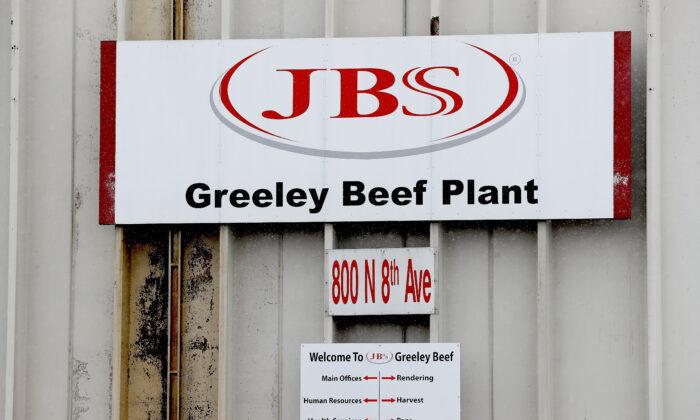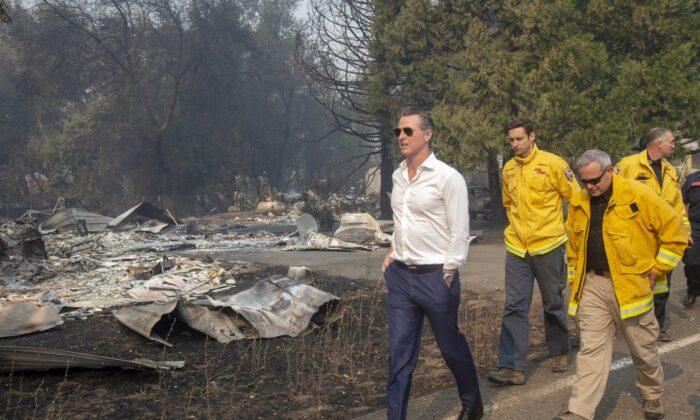FEMA only has enough personal protective equipment and critical medical supplies to meet “a fraction” of the requests coming in from COVID-19 hotspots, according to a statement issued Thursday by Chairperson of the House Committee on Oversight and Reform Rep. Carolyn Maloney (D-N.Y.).
FEMA told the committee that most of the 100,000 ventilators planned for production will not be available until at least June of this year.
The documents confirmed that by March 30, FEMA had only provided a low proportion of each jurisdiction’s requests for PPE and other necessary supplies; less than 10 percent of the 5.2 million N95 masks requested, less than 1 percent of the 194 million pairs of sterile gloves requested, and none of the 15,000 body bags requested.
Demand for Ventilators Outstripping Capacity
FEMA conceded on April 1 that, based on current projections, demand for ventilators “outstrips the capacity” of the Strategic National Stockpile as well as those ventilators provided by the Department of Defense.The agency’s administrator therefore directed that ventilators now be treated as a “strategic national asset.” Ventilators are not to be released to states unless there exists an “exigent need” to sustain lives “within 72 hours.”
On March 30, FEMA officials had told the committee that there are currently approximately 9,500 ventilators in the Strategic National Stockpile.
“We are ’splitting' ventilator tubes so two patients can share a ventilator. We are converting BiPAP machines into ventilators; We are scouring the globe to acquire more ventilators.”
Supply Chain Stabilization Task Force
FEMA also says that its Supply Chain Stabilization Task Force is executing a “whole-of-America” approach to address the nation’s limited supply of PPE and other life-saving equipment.To this end, the task force is preserving inventories of critical materials by limiting their use and by developing methods to sanitize, re-use, and recycle PPE materials. FEMA hopes to accelerate the procurement of PPEs by expediting their delivery from suppliers around the world to medical distribution centers across the United States.
One example of this is FEMA’s coordination with Asian manufacturers for the delivery of 80 tons of PPE materials to New York, Connecticut, and New Jersey on March 29.
The task force is also seeking to expand American production of PPE materials and ventilators, while allocating such resources on a data-informed basis, which FEMA says is being coordinated between the federal government and private sector companies.





